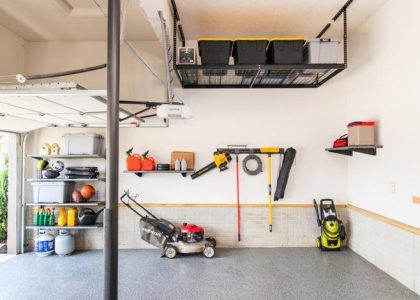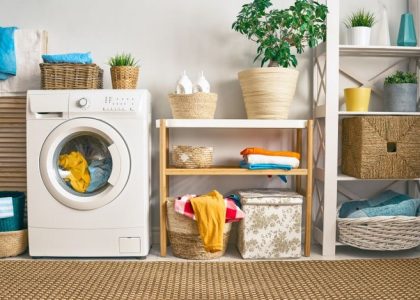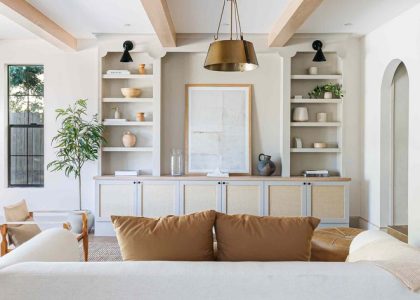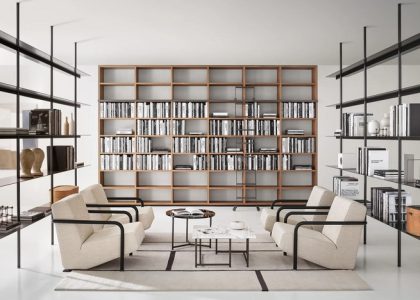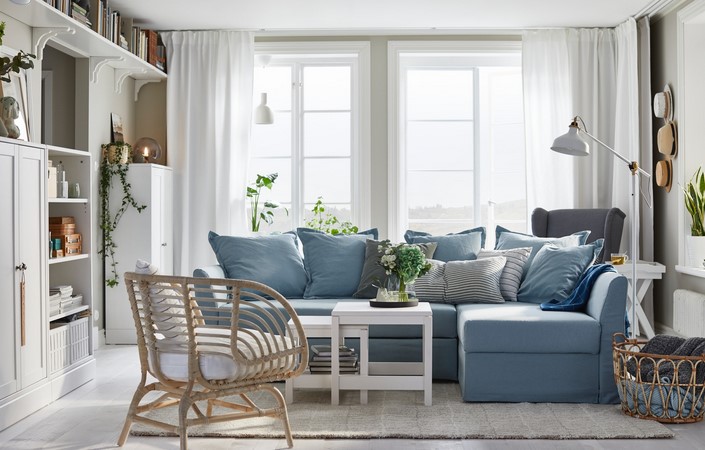
In today’s world, where space is often at a premium and lifestyles are increasingly dynamic, the need for adaptable and versatile living environments has never been more crucial. One of the most effective ways to make the most of your home’s space is by incorporating multi-use home furniture. This type of furniture not only serves multiple purposes, allowing homeowners to get the most out of limited square footage but also enhances the functionality and flexibility of your living spaces. Whether you’re living in a small apartment or simply want to optimize the use of your existing rooms, multi-use furniture is a smart investment for creating a comfortable, functional home.
By choosing furniture that can serve different needs, you can easily transform your home’s layout for various activities—be it working, relaxing, entertaining, or sleeping. These multifunctional pieces are perfect for maximizing every inch of space while keeping your home organized and stylish. In this article, we’ll explore the benefits of multi-use home furniture, the best options to consider, and how you can incorporate these pieces into your home for a more practical and flexible living experience.
Why Choose Multi-Use Home Furniture?
Opting for multi-use furniture is a practical solution to the common challenges posed by small or cramped living spaces. Below are the main advantages that come with choosing versatile and functional furniture for your home:
1. Maximizes Limited Space
In apartments, studios, and even smaller homes, every inch of space counts. With multi-use home furniture, you can make the most of limited space by integrating furniture pieces that serve more than one function. For example, a sofa bed can serve as both seating during the day and a comfortable sleeping space at night. Similarly, a dining table with built-in storage or a coffee table that doubles as a desk can help eliminate the need for extra furniture, saving valuable space and reducing clutter.
By investing in multifunctional furniture, you create room for more activities, while keeping your home from feeling cramped or cluttered. These pieces are particularly beneficial in spaces that need to serve multiple purposes, such as a home office that occasionally doubles as a guest room or a living area that needs to accommodate both lounging and dining.
2. Cost-Effective
Purchasing multi-use home furniture is often more economical than buying separate pieces for each function. Instead of purchasing a dining table, desk, and additional storage units, you could opt for a piece that serves all three roles, such as a convertible table with hidden compartments. Not only will you save money, but you will also reduce the need for unnecessary purchases, which can ultimately lead to significant savings.
Additionally, the longevity of multifunctional furniture often surpasses that of single-use furniture, as it’s built to serve different needs over time. This extended lifespan makes multi-use furniture a smart investment for any home.
3. Adaptability for Changing Needs
One of the biggest challenges in interior design is accommodating the changing needs of a household. Family dynamics shift, hobbies evolve, and new activities emerge. Multi-use home furniture allows your living spaces to evolve alongside these changes. For example, a storage ottoman can function as both seating and a place to keep extra blankets or toys, and can easily transform into a footrest or even a side table when needed.
As children grow, their play areas or bedrooms might require new setups for studying, relaxing, or entertaining friends. Multi-use furniture adapts seamlessly to these changing needs, ensuring that you won’t need to make a new purchase every time your lifestyle or family dynamics shift.
Popular Types of Multi-Use Home Furniture
The possibilities for multi-use furniture are extensive. Here are some of the most popular types that can help you design flexible spaces in your home:
1. Sofa Beds and Daybeds
A sofa bed is a classic example of multi-use home furniture. It serves as a comfortable sofa during the day and a cozy bed at night, making it ideal for living rooms, guest rooms, or smaller spaces that require flexibility. Many modern sofa beds are designed with easy-to-use mechanisms that convert quickly and without hassle, providing a comfortable sleeping surface without sacrificing style or comfort.
Daybeds, which are similar to sofa beds but often more decorative, can be used for lounging during the day and serve as an extra bed when you have guests over. These pieces often come with additional storage options, such as drawers or a trundle bed, enhancing their functionality.
2. Convertible Tables
A convertible table, whether it’s a dining table that expands into a work desk or a coffee table that transforms into a dining table, offers a great way to maximize your home’s space. These tables come with built-in functionality that allows them to serve different purposes at different times of the day.
For example, a dining table with removable or foldable leaves can be reduced in size when not in use, giving you more room for other activities. Similarly, a coffee table with hidden storage compartments can provide a neat and tidy way to store remote controls, books, and other small items, while maintaining a stylish and functional appearance.
3. Storage Ottomans and Benches
Storage ottomans and benches are excellent additions to any home, offering both seating and storage in one compact piece. These multi-use home furniture pieces are particularly effective in areas where extra seating is needed, such as living rooms or entryways. Many storage ottomans are upholstered in soft fabrics and can double as footrests or side tables.
For example, in a living room, a large ottoman can provide extra seating for guests, but with the added benefit of hidden storage for blankets, toys, or other items. Similarly, a bench with built-in storage can be used as a place to sit while removing shoes or as a decorative piece in a hallway or bedroom.
Designing Flexible Spaces with Multi-Use Furniture
Incorporating multi-use home furniture into your home design requires thoughtful planning. Here are some tips for designing flexible spaces that can adapt to your needs:
1. Focus on Functionality First
When choosing multi-use furniture, prioritize the functionality that best suits your lifestyle. Consider the activities you do most frequently in each room and how different pieces can serve those functions. For example, if you spend a lot of time working from home, invest in a comfortable chair that also doubles as extra seating or a desk with built-in storage.
Additionally, think about how furniture can serve both aesthetic and practical purposes. Furniture that fits your design preferences while also offering flexibility will help you maintain a stylish yet functional living space.
2. Keep Storage in Mind
Storage is a crucial consideration when designing flexible spaces. Multi-use furniture with built-in storage, such as ottomans, benches, and tables with hidden compartments, can help you keep your home organized without adding clutter. This is especially important in smaller spaces where every inch counts.
Opt for furniture that includes shelving, drawers, or cubbies that can accommodate your everyday items, keeping them out of sight but within easy reach.
3. Embrace Vertical Space
When space is limited, it’s essential to utilize vertical space as much as possible. Consider adding wall-mounted shelves, fold-out desks, or wall beds to create a multifunctional living area that can serve as both a home office and a guest room. Using vertical storage solutions ensures that your floor area remains clear and free for other activities.
In conclusion, multi-use home furniture is an excellent way to create flexible and functional spaces in any home. By incorporating versatile furniture pieces that can serve multiple purposes, homeowners can maximize their living areas, reduce clutter, and create rooms that adapt to their changing needs. Whether it’s a sofa bed, convertible table, or storage ottoman, each piece can help transform your home into a more efficient and comfortable environment. With thoughtful planning and the right furniture choices, you can design a space that works for you, no matter how your lifestyle evolves.

